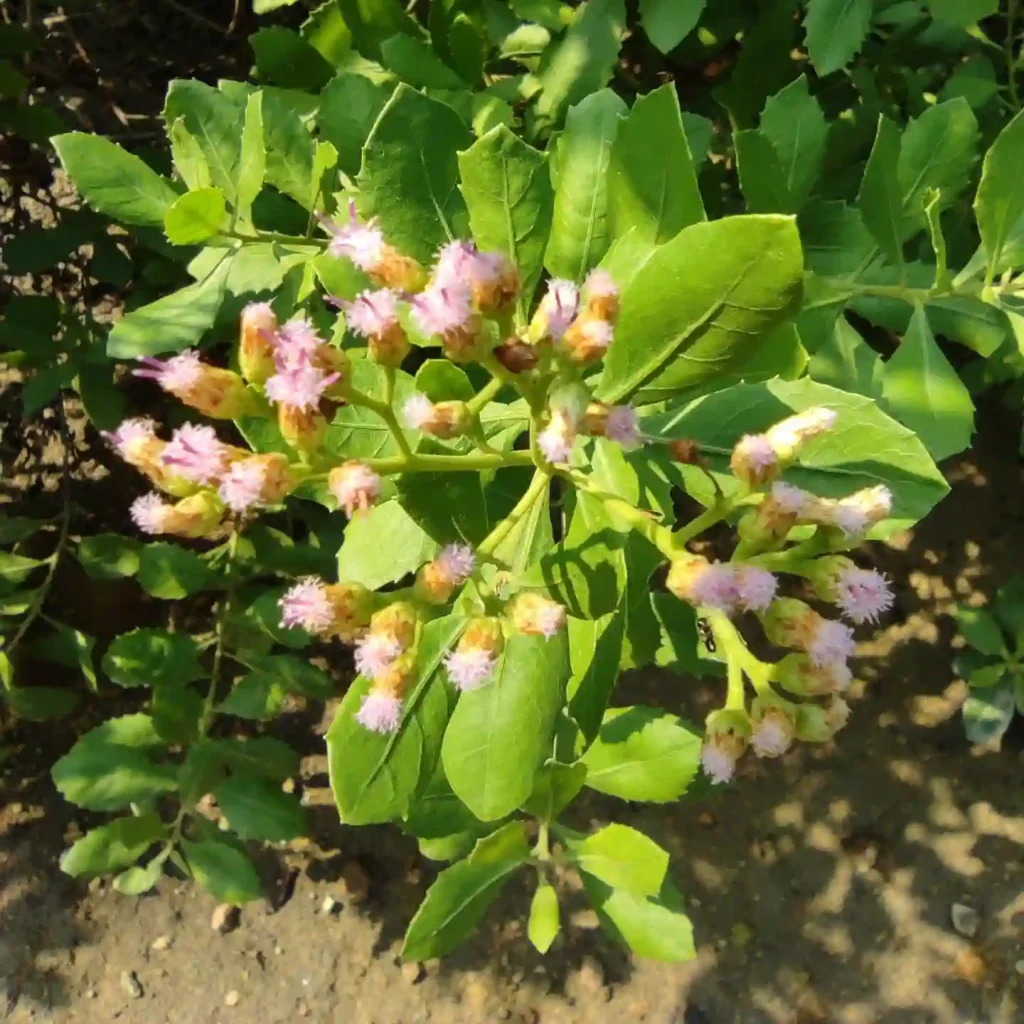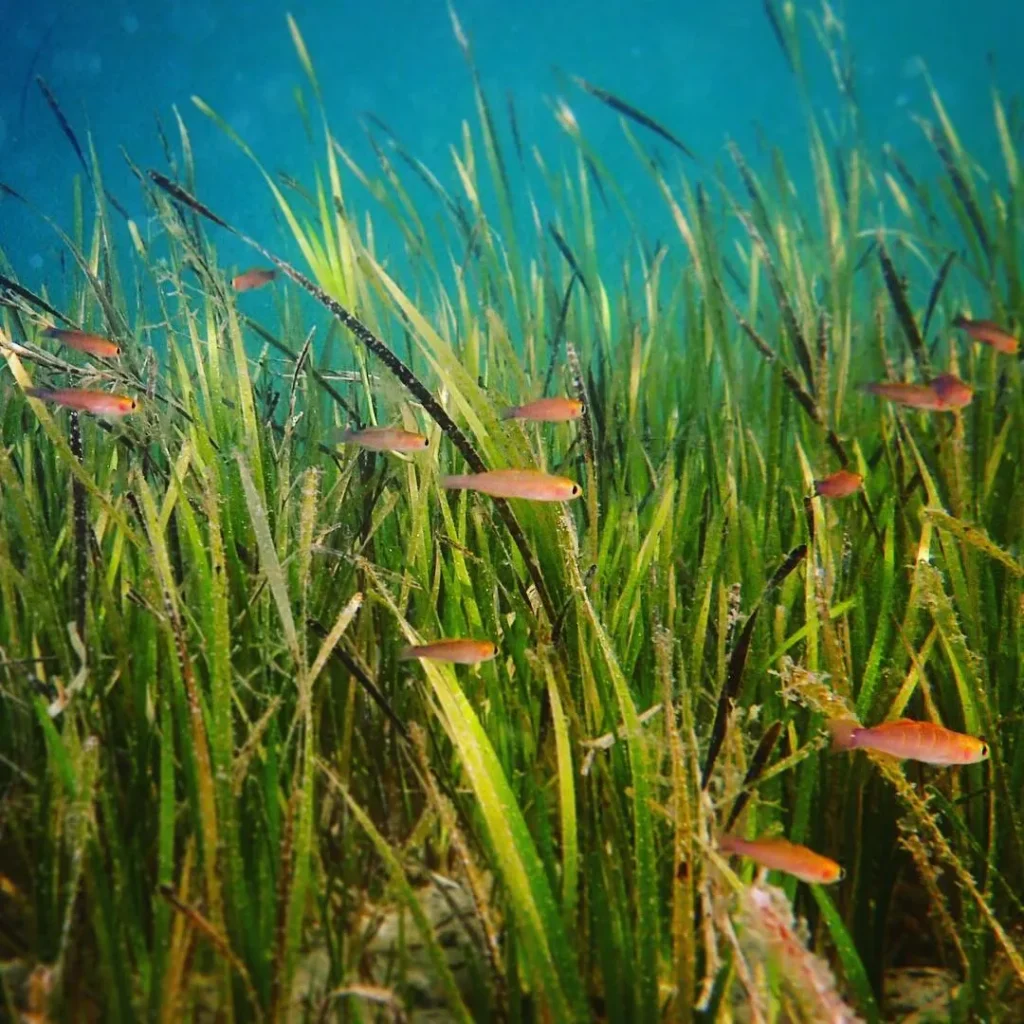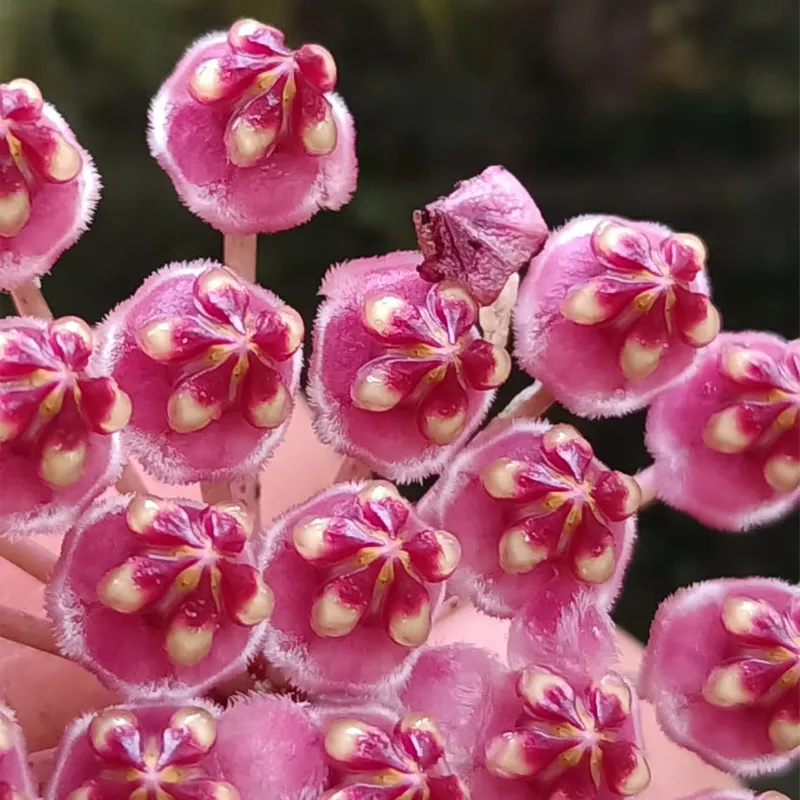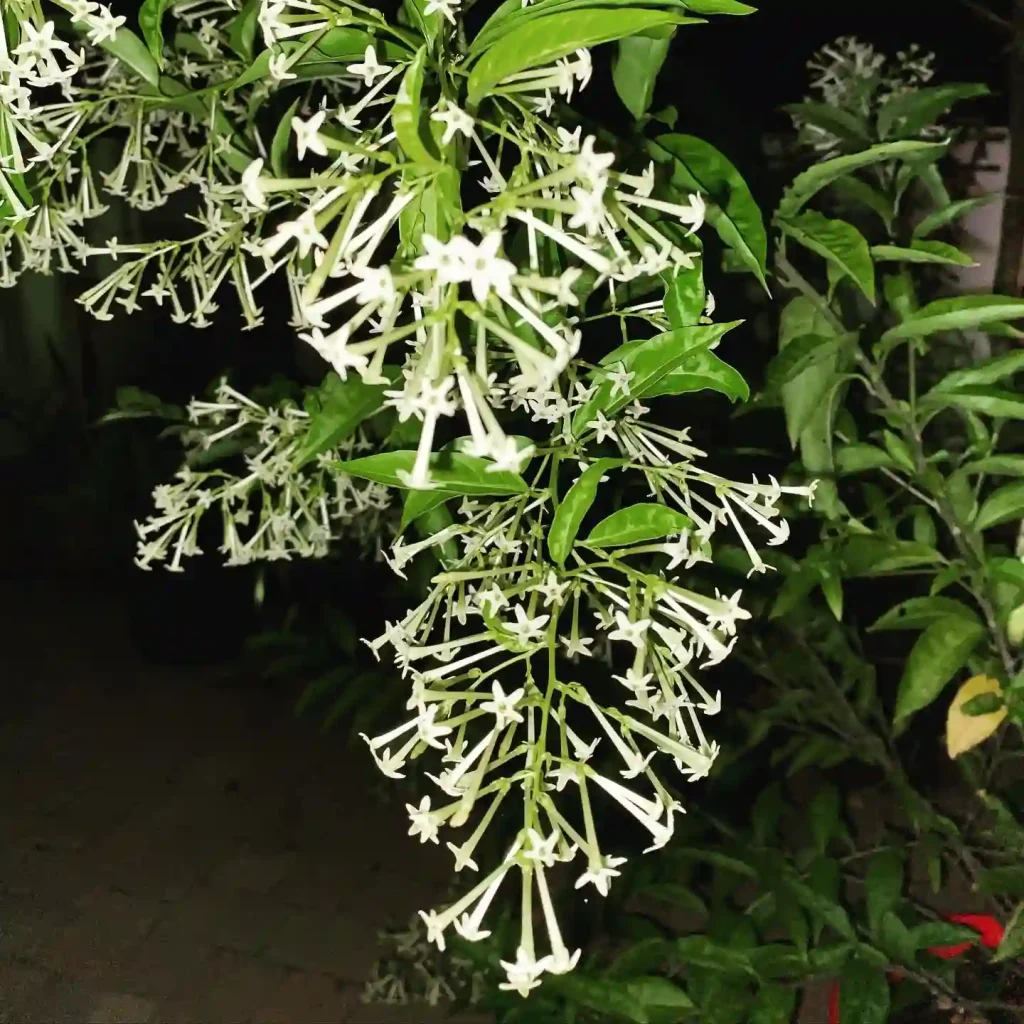FAQs About Drosera Graomogolensis
When it comes to cultivating and caring for Drosera Graomogolensis, I’ve encountered a lot of questions. This carnivorous plant, known for its striking appearance and unique traits, can be a bit enigmatic for those new to the world of sundews. Here, I’ll cover some of the most frequently asked questions I’ve come across about Drosera Graomogolensis.
274 Species in Genus Drosera
What is Drosera Graomogolensis?
Drosera Graomogolensis is a fascinating species of sundew, native to Brazil. It’s part of the Droseraceae family and is known for its delicate, tentacle-covered leaves that trap and digest insects. The plant’s leaves are adorned with glandular hairs that secrete a sticky substance to lure prey. It’s a small, rosette-forming plant that thrives in nutrient-poor soils, making it an intriguing choice for carnivorous plant enthusiasts.
How to Care for Drosera Graomogolensis?
Caring for Drosera Graomogolensis involves replicating its natural habitat as closely as possible. Here’s what I’ve found works best:
- Light: This sundew needs plenty of light. A south-facing window or grow lights with a high output will keep it healthy. Aim for around 12-14 hours of light per day.
- Water: Use distilled or rainwater. Tap water can harm the plant due to the minerals and chemicals it contains. Keep the soil moist but not waterlogged.
- Soil: A mix of sphagnum moss and sand or perlite is ideal. The soil should be acidic and well-draining.
- Temperature: It prefers temperatures between 70-85°F (21-29°C) during the day and slightly cooler at night. Avoid extreme temperatures as it can stress the plant.
- Humidity: High humidity is crucial. I’ve found that placing the plant in a terrarium or using a humidity tray can help maintain the right environment.
How to Propagate Drosera Graomogolensis?
Propagation can be quite rewarding with Drosera Graomogolensis. Here’s a step-by-step guide based on my experience:
- Seed: This is the most common method. Sow seeds on the surface of the soil in a seed tray or small pots. Keep the soil moist and maintain high humidity. Seeds should germinate within a few weeks.
- Leaf Cuttings: Although less common, you can try leaf cuttings. Place a healthy leaf on moist soil and cover it to maintain humidity. New plants should start to grow from the base of the leaf.
What to Plant With Drosera Graomogolensis?
If you’re looking to create a diverse carnivorous plant display, Drosera Graomogolensis pairs well with other sundews, like Drosera capensis or Drosera spatulata. Additionally, it can be a great companion for other low-growing, moisture-loving plants. Just make sure the plants have similar care requirements to ensure they all thrive.
Benefits of Growing Drosera Graomogolensis
Growing Drosera Graomogolensis offers several benefits:
- Pest Control: Its insect-catching abilities help reduce the number of unwanted pests in your home.
- Educational Value: It provides insight into the fascinating world of carnivorous plants and their unique adaptations.
- Aesthetic Appeal: The plant’s distinctive appearance adds an exotic touch to any plant collection or garden.
Is Drosera Graomogolensis Toxic?
Drosera Graomogolensis is not toxic to humans or pets. Its digestive enzymes are designed to break down insects, not to cause harm to larger organisms. However, it’s always a good idea to keep plants out of reach of small children and pets to avoid any potential issues.
Common Problems with Drosera Graomogolensis
Like any plant, Drosera Graomogolensis can face its share of problems. Here’s what I’ve encountered:
- Overwatering: This can lead to root rot. Ensure the soil remains moist but not soggy.
- Insufficient Light: Lack of light can cause the plant to become leggy and lose its vibrant color.
- Pests: Although rare, spider mites and aphids can occasionally infest the plant. Regularly check for pests and treat as necessary.
How Does Drosera Graomogolensis Compare to Similar Sundews?
When comparing Drosera Graomogolensis to other sundews like Drosera aliciae or Drosera burmannii, I’ve found that Graomogolensis is more delicate and requires higher humidity. It also has a unique appearance, with its tentacles and glandular hairs being less dense compared to some other species. Each sundew has its own charm, but Graomogolensis stands out for its elegance and specific care needs.
By understanding these aspects of Drosera Graomogolensis, you can better appreciate and care for this unique plant. Whether you’re a seasoned collector or a newcomer to carnivorous plants, it’s a rewarding addition to any plant collection.
If i die, water my plants!



